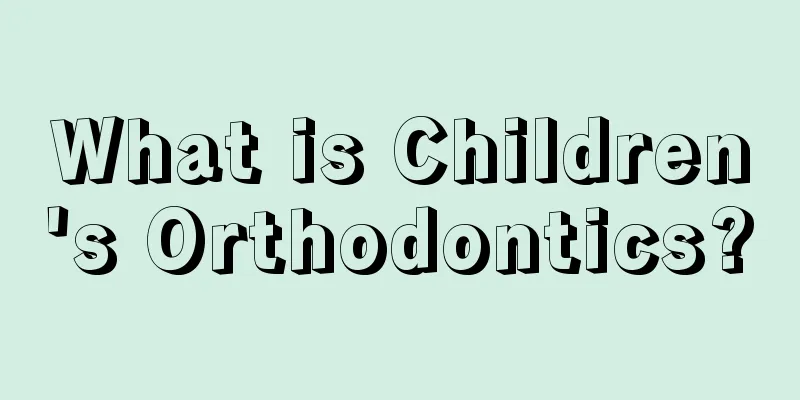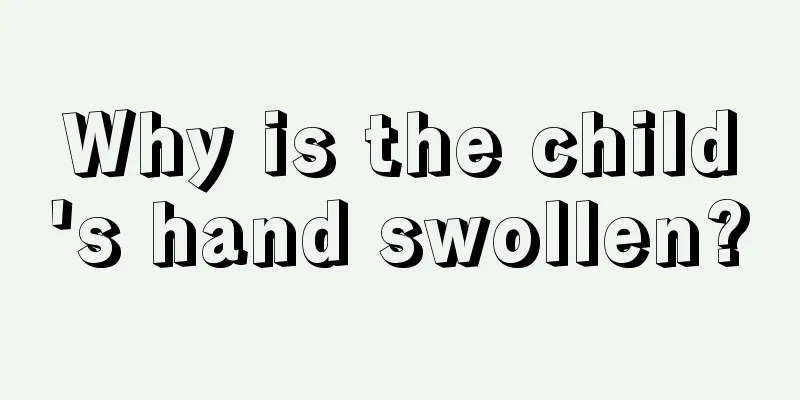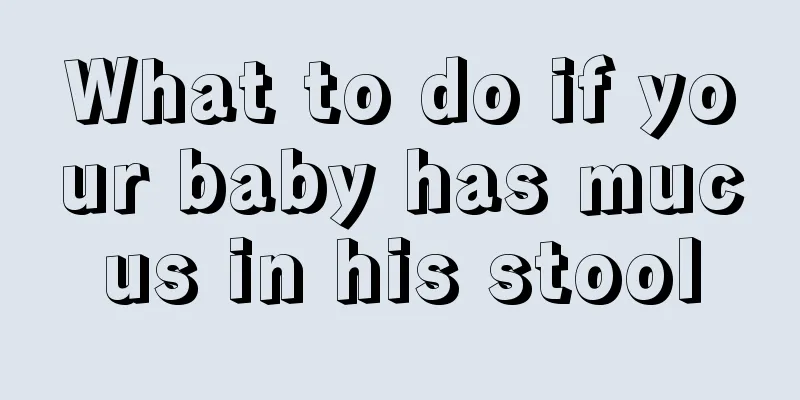What is Children's Orthodontics?

|
Many children have underdeveloped teeth. Having a neat set of teeth can make people more confident, so correcting children's teeth has become an issue of urgent concern to parents. However, many parents and friends do not have a particularly good understanding of the knowledge about orthodontics. Let’s follow the editor to learn some knowledge about orthodontics. Children's dental correction is the treatment of malocclusion through orthodontic or surgical methods before the age of 15. Malocclusion refers to the deformity of teeth, jaws, and craniofacial caused by congenital or acquired factors during the growth and development of children (common maxillofacial deformities in children can be divided into: dental deformities and skeletal deformities. Dental deformities are further divided into general dental deformities and functional deformities. Different types of deformities have different optimal treatment times). Correction method: Removable braces: They are generally used to correct relatively simple malocclusions and deformities during the deciduous and replacement dentition periods, or can be used in conjunction with fixed braces. Patients can put it on and take it off by themselves. Fixed braces: the most commonly used braces. Patients cannot take it off by themselves. Functional appliances: They are mainly used for children who are in the period of tooth replacement or have just replaced their teeth and are still in the peak period of growth and development. Functional appliances can correct bone malocclusions and deformities. Orthognathic surgery: When severe dentofacial deformities, such as maxillary protrusion, maxillary retrognathic, mandibular protrusion, and mandibular retrognathic, cannot be solved by simple correction, a combined correction method of surgery and orthodontics is required. Correction time: Generally, correction takes about one and a half to two years. Generally, children recover faster than adults, and tooth extraction treatment takes longer than non-extraction treatment. Complex malocclusions and deformities take longer to treat than simple ones. After orthodontic treatment, there are many things you need to pay attention to in order to protect your child's teeth. The first thing you need to do is to pay attention to your oral health. You need to brush your teeth every day. Brushing your teeth in the morning and evening is necessary. Sometimes you can also brush your teeth after meals. In addition, children should be encouraged to eat less sweet food to avoid tooth decay. |
<<: What are the dietary treatments for children’s colds and coughs?
>>: What should I do if my child’s teeth turn black?
Recommend
What is the treatment for neonatal respiratory distress syndrome?
A newborn is a new life that has just been born. ...
What to do if your child coughs and has phlegm
It is common for children to cough with phlegm. T...
If my baby loves to laugh, does it mean he has cerebral palsy?
A few months after the baby is born, he or she ma...
Why does my four-month-old baby always scratch his head?
For many parents, coming home from a day's wo...
How to prevent children from holding urine?
Children are the future of the motherland and the...
Treatment of concealed penis in children
Many people's children, especially newborn ba...
Children's vaccination schedule
Friends who have children at home should all know...
22-month-old baby's developmental standard
I believe everyone has a certain understanding of...
The causes of mycoplasma infection in children must be known by mothers
Mycoplasma infection in children is a common resp...
What to do if your child has bad breath? What to eat to remove it?
Bad breath in children is often related to poor d...
What to do if the baby's legs are scratched
When children are playing, they may cry and screa...
How to treat intestinal gas in children
Hernia is a relatively common disease in children...
Methods of Chinese medicine massage for children
Children's immunity is very poor, and they ar...
How to correct overbite in children
Teeth are not only tools people use to chew food,...
What should I do if my child has poor academic performance?
Every parent hopes that their child will do well ...









